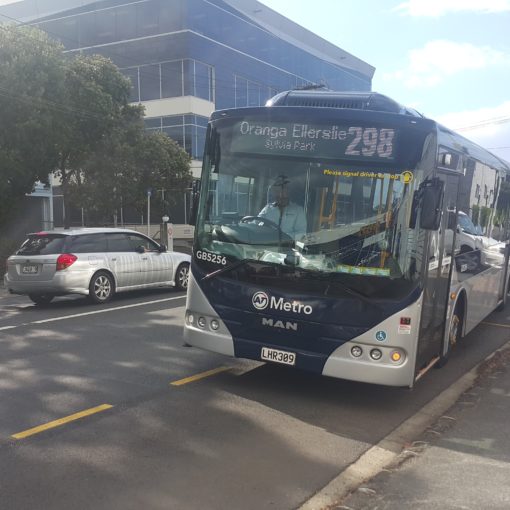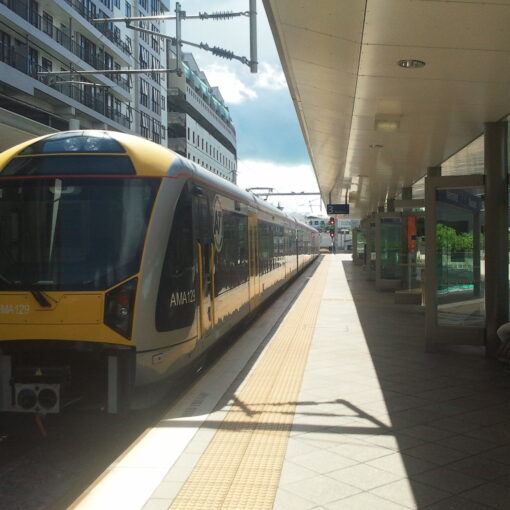by John Shaw, former Transit Board Member
In a recent paper Christopher Sheil of the University of NS Wales talked about editors of the Australian Financial Review being “PPPed out”. He went on to say that that it may be a deliberate strategy, by supporters of PPP, to make the topic so complicated and boring that raising public awareness of the implications of PPP will be an uphill struggle.
This paper is only a brief description of how new roads are financed and built now; what PPP (Public Private Partnership) is all about; the pros and cons of PPP; which current roading projects are candidates for PPPing and some proposals.
How are roads built now?
The public sector raises the money either directly from taxes/rates or borrowing, organises the design and construction contracts and operates the road after construction.
There are five basic elements in the process:
- Raising the funds – public sector.
- Project design – private consultants under contract to the public sector.
- Project construction – private civil engineering firms under contract to the public sector.
- Operation – public sector; but all road maintenance, which is the vast bulk of the expenditure, is carried out under contract by private firms.
- Ownership – public sector.
What is PPP?
- PPP – Public Private Partnership.
- PFI – Private Funding Initiative.
- DBFO – Design, Build, Fund and Operate.
- BOOT – Build Own Operate Transfer.
For simplicity I will refer to the process as PPP (Public Private Partnership). PFI, DBFO and BOOT are in most respects just another name for the same process.
So what is PPP for a new road? A consortium of bankers, design consultants and civil engineering contractors are granted a concession to raise the capital from the private sector, do the design, build the road, own and operate it for 30 years. The consortium receives income over the 30-year period by either levying tolls, or from payments from the public sector or a combination of both. At the end of the 30 years the road is handed back to the public sector at no charge.
This is a simplified model of PPP but it fits most circumstances and can be applied to similar infrastructure projects.
Why consider changing to PPP?
The perceived attractions to the government are:
- The public sector is relieved of the responsibility of raising the capital.
- Financial risk is transferred from the public sector to the private sector.
- The public sector gets rid of the overall responsibility for organising the whole process.
- The belief that offering the private sector complete packages will result in better and cheaper solutions.
What’s wrong with PPP?
- Value for money. The public sector can always borrow money at lower interest rates than the private sector. It costs the private sector about 50% more in interest payments than the public sector. Added to this are the consortium’s profits and the high costs associated in organising the financial arrangements of the concession. The public sector may not be borrowing money but the public will pay a lot more back to the consortium because of these extra costs, through tolls and public sector payments, than it would do with a straightforward public sector loan. An article in the NZ Herald on 5th November by the CEO of Fletcher Construction warned of the legal complexities and high bidding costs with PPP.
- Transfer of financial risk. The risk is in the uncertainty of design and construction costs and the reliability of the tolling income stream. All these risks and uncertainties are built into the consortium’s pricing model and are reflected in the required income stream calculations. If the consortium falls over during the concession period who do you think picks up the pieces? In effect there is no transfer of risk; it all remains with the public sector.
- Responsibility and accountability. The concession allows the public sector to distance itself from the process of designing, building, owning and operating the road and need no longer be directly answerable to the public for the impacts of the project and its future operation. Considering the length of the concession, governments can even blame former incumbents twice and three times removed for their current problems! The catch phrase “Don’t blame us. We are locked into this arrangement for 30 years” may become a constant refrain if PPP gets the go ahead.
- The complete package approach. The principle is that the private sector will, given its head, always perform better than the public sector. PPP supporters, whilst accepting the extra costs of raising private loans and the extra legal costs of forming the consortium, claim this will be more than offset by smarter private sector solutions. There is no consensus that this is true and there are strong feelings that methods developed in the UK to measure savings do not compare like with like. The results of a questionnaire conducted and published by the Association of Chartered Certified Accountants in the UK and issued in September this year revealed that public sector accountants do not generally believe that PPP provides value for money to the public sector.
What’s right about PPP?
The word “partnership” has a certain ring to it implying the coming together of the brightest and best in the public and private sector. The new ingredients with PPP are bankers and more lawyers…!
Likely road projects for PPP treatment?
There are not too many. No project under $100m is likely to interest the private sector and the preference is for those schemes which produce a high element of toll revenue in the income stream. Only 2 projects have been identified as possible candidates so far: Takitimu Drive to Tasman Quay Bridge in Tauranga and the extension of the Auckland northern motorway around Orewa to Puhoi (ALPURT B2) including Penlink on the Whangaparaoa Peninsula. It is unlikely that the private sector would wish to become embroiled in PPP for most of the projects in and around Auckland; too complicated and not suitable for tolling. What about Transmission Gully (Wellington)? The current cost estimate is years out of date and so is far too low. And there are doubts that traffic, particularly trucks, would find it sufficiently attractive to transfer from the existing route.
So what should be done?
- Participate in the PPP debate and expose the flaws in the whole PPP argument.
- Actively oppose any PPP proposals for particular projects.
- Question the principle that building roads is the primary and long-term answer to transport problems.
- Encourage rational debate which seeks solutions based on sustainable resource input.
- Question the amount and balance of public sector funding for the various modes of transport (cars, public transport, trucks, trains etc).
- Push for a fully integrated national transport policy.


